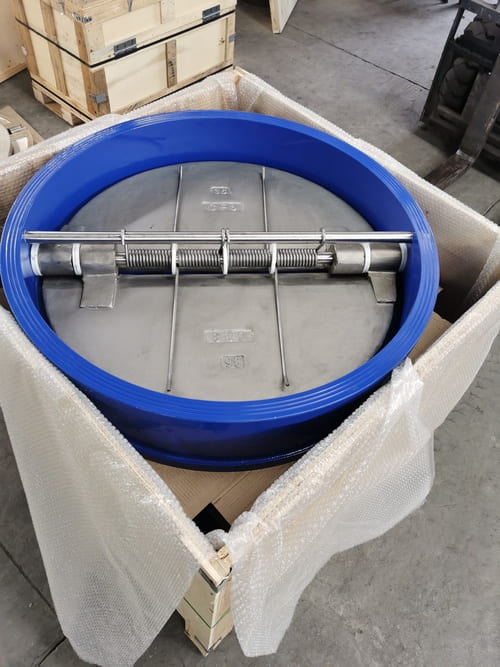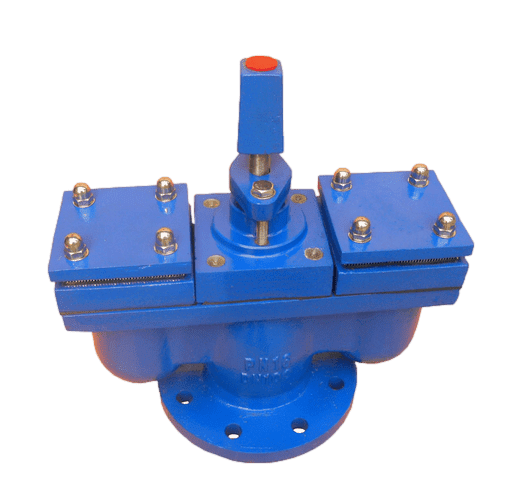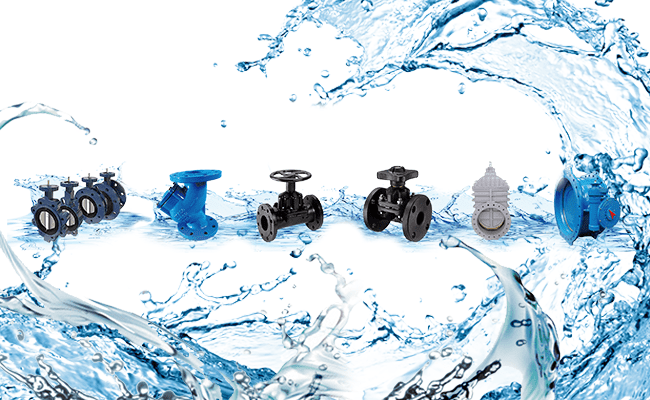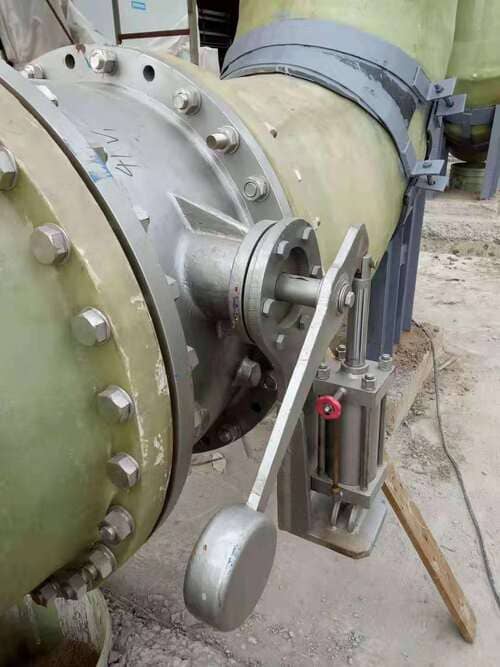With the rapid development of technology and innovation, valuable information that should be delivered to industry professionals is often covered up today. Although shortcuts or quick methods can well reflect short-term budgets, they show a lack of experience and overall understanding of what makes the system viable in the long run. Based on these experiences, the following (without special importance) lists 10 common installation mistakes that are easy to overlook:

1. The bolt is too long
For the bolts on the valve, only one or two threads can exceed the nut. The risk of damage or corrosion can be reduced. Why buy a bolt longer than you need? Usually, the bolt is too long because someone does not have time to calculate the correct length, or the individual does not care what the final result looks like. This is lazy project.
2. The control valve does not use separate isolation
Although the isolation valve takes up valuable space, it is important to allow personnel to work on the valve when maintenance is required. If space is limited, if the gate valve is considered too long, at least install a butterfly valve, it hardly takes up any space. Always remember that it is easier to work and perform maintenance tasks more efficiently with them for maintenance and operations that must be standing on them.
3. No pressure gauge or device installed
Some utilities like to calibrate the tester. These facilities usually provide their field personnel with connection testing equipment, but some equipment even installs the interface of accessories. Although it is not specified, it is designed so that the actual pressure of the valve can be seen. Even with supervisory control and data acquisition (SCADA) and telemetry capabilities, someone will stand next to the valve at a certain point and need to see what the pressure is. That is so convenient.
4. The installation space is too small
If it is troublesome to install a valve station, it may involve work such as digging concrete, do not try to reduce the installation space as much as possible to save that point of cost. It will be very difficult to perform basic maintenance at a later stage. One more thing to keep in mind: the tool can be very long, so it is necessary to set aside space so that the bolt can be loosened. It also needs some space, which allows you to add devices later.
5. No consideration of later disassembly
Most of the time, the installer understands that you can’t connect everything together in a concrete room without the need for some type of connection in order to remove the parts at some time in the future. If all the parts are tightened tightly and there is no gap, it is almost impossible to separate them. Whether it is a grooved coupling, a flange joint or a pipe joint, it is necessary. In the future, parts may sometimes need to be removed, and although this is usually not a concern of the installation contractor, it should be the concern of the owner and engineer.
6. Horizontal installation of concentric reducers
This may be nitpicking, but it also deserves attention. The eccentric reducer can be installed horizontally. The concentric reducer is installed in the vertical line. In some applications, it needs to be installed on the horizontal line, and an eccentric reducer is used, but this problem usually involves cost: the concentric reducer is cheap.
7. Valve wells that do not allow drainage
All rooms are wet. Even during valve activation, when air is discharged from the valve cover, water will fall on the floor at some point. Anyone in the industry has seen a flooded valve at any time, but there is really no excuse (unless, of course, the entire area is flooded, in which case you have a bigger problem). If the drain pipe cannot be installed, use a simple drain pump, assuming power is available. In the absence of power, a float valve with an ejector will effectively keep the chamber dry.
8. Do not release air
When the pressure drops, the air is discharged from the suspension and transferred to the pipe, which will cause problems downstream of the valve. A simple bleed valve will get rid of any air that may be present and will prevent downstream problems. The bleed valve upstream of the control valve is also effective because the air in the pilot line may cause instability. Why is the air not released before it reaches the valve?

9. Spare tap
This may be a minor problem, but spare taps in the chambers upstream and downstream of the control valve are always helpful. This setting provides convenience for future maintenance, whether it is connecting hoses, adding remote sensing to control valves or adding pressure transmitters to SCADA. For the small cost of adding accessories during the design phase, it significantly increases the usability in the future. This makes maintenance tasks more difficult because everything is covered with paint, so it is impossible to read the nameplate or make adjustments.
Remember: doing things the right way always proves beneficial, but shortcuts usually cause more headaches. Although these 10 points may be considered too picky by some people, a clever old tutor once said to me: “Chew meat, spit out the bones.


